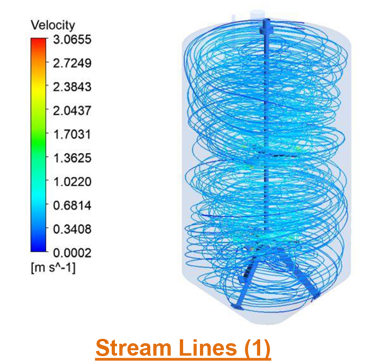
Get Your Free Quote…!


Light duty top entry agitators are the best fit for applications with small volume tank like Coagulation, WTP, ETP, yeast fermentation, starch storage, storage and blending of concentrated fruit juices, bitumen, paint production, sanitary or pharmaceutical applications and many more.
This design of mixer which operates at speeds in range of 60-250 rpm is very suitable for mixing of different liquids, dissolving of solids in liquid, dispersion, Homogenous and emulsifying duties.























| Motor Power | 0.37-100 kW |
| Shaft Diameter | 25-200 mm |
| Operating Pressure | Atmospheric |
| Impeller Type | Turbine, Propeller, Hydrofoil, Flat Blade Turbine, Sigma Impeller |
| Materials (Wetted Parts) | MS, EN-8, SS304, SS316, SS316L, Duplex & Super Duplex Steel, (Comes with Various Lining RL, FRP, PP, PTFE) |
These mixer agitators are comes in several specifications as per the need of our customers. The offered mixer agitators are tested from our end in order to deliver a defect free range to customer's end. Our mixer agitators are developed with quality material under the direction of skilled professionals.
We ensure the highest quality & performance of our Agitators. At the same time, we have a very strong performance track record of supplying various types of agitators for various applications.


